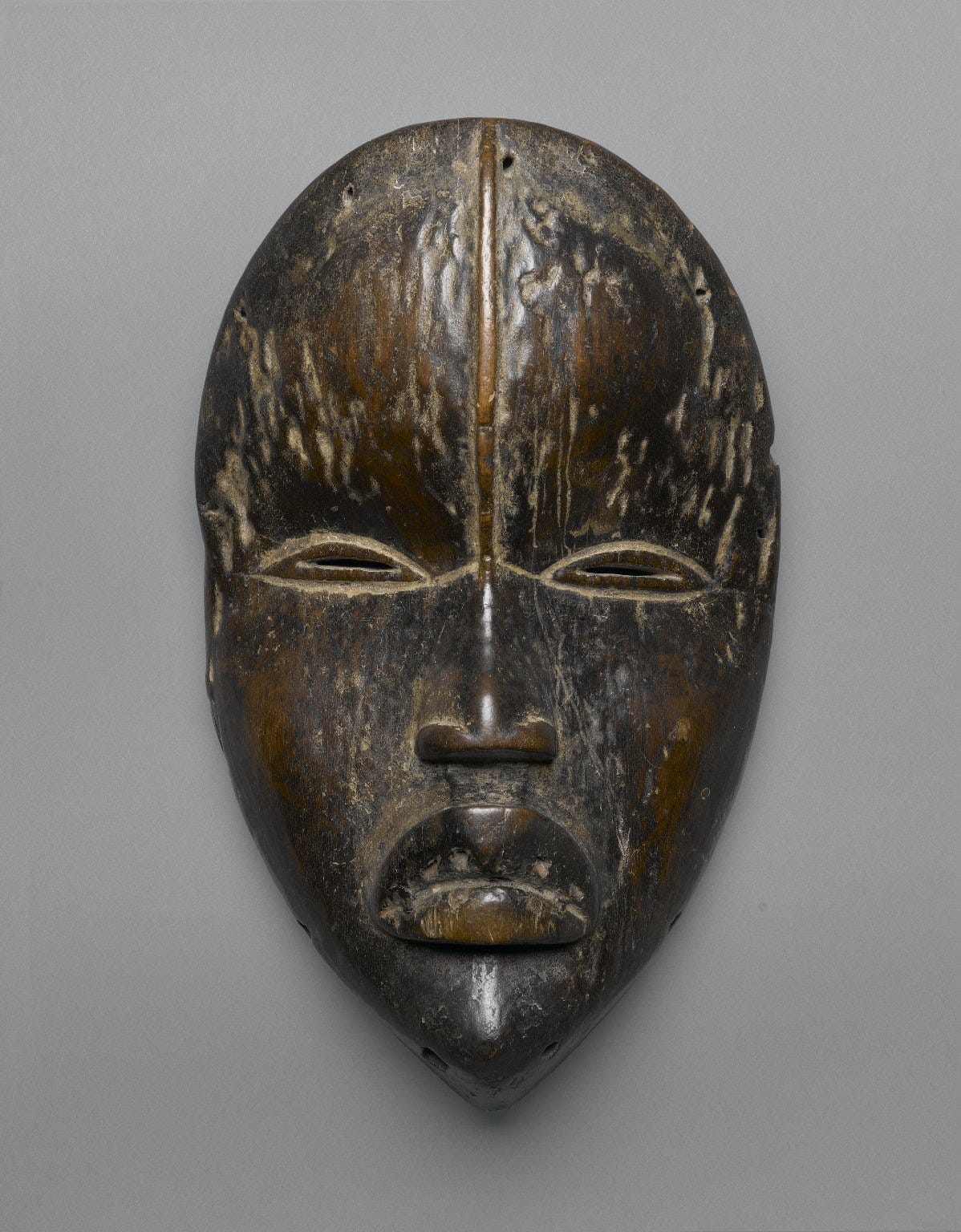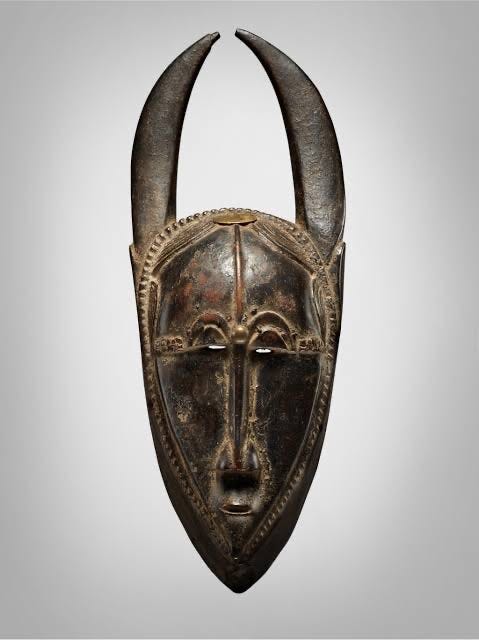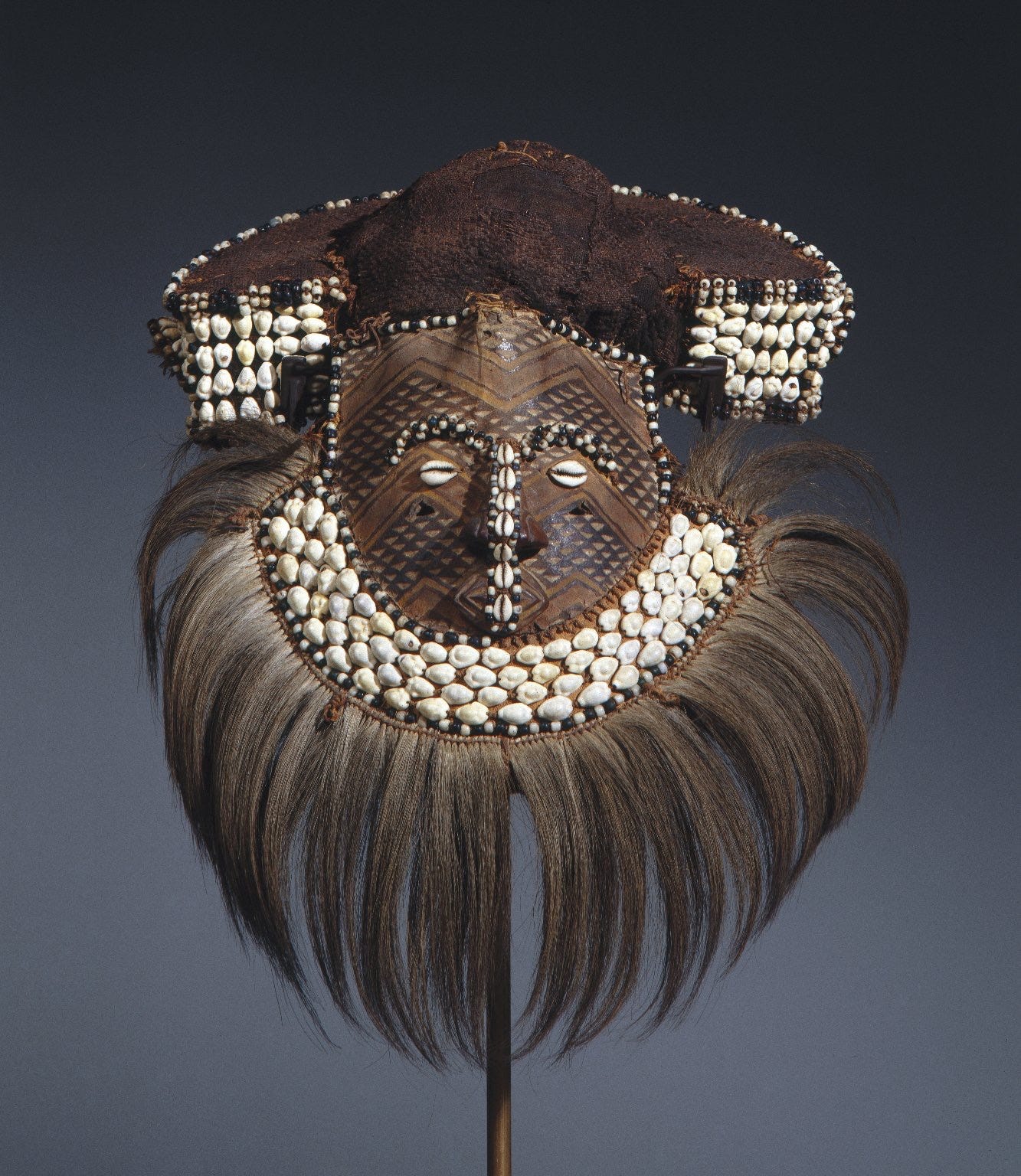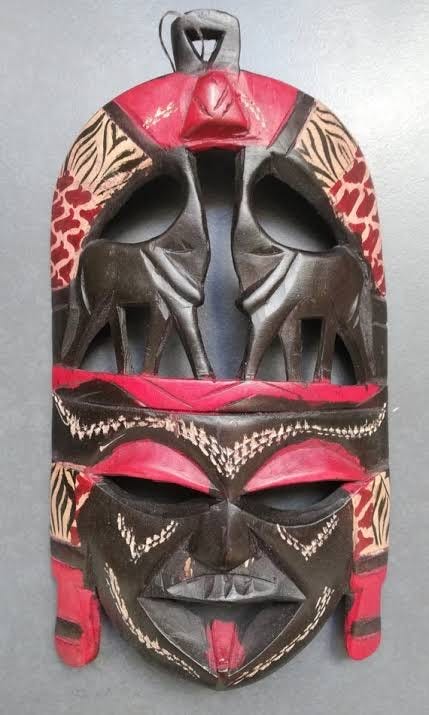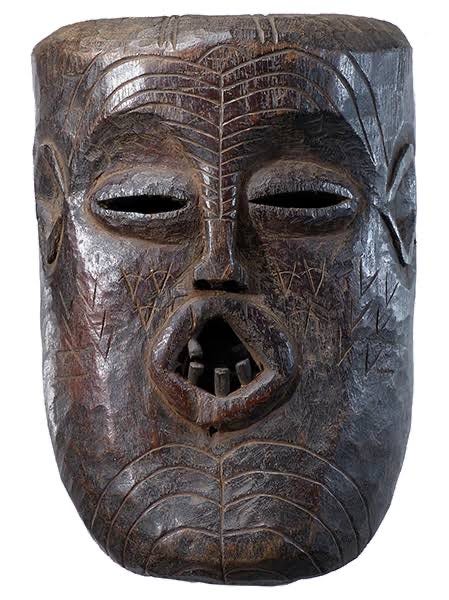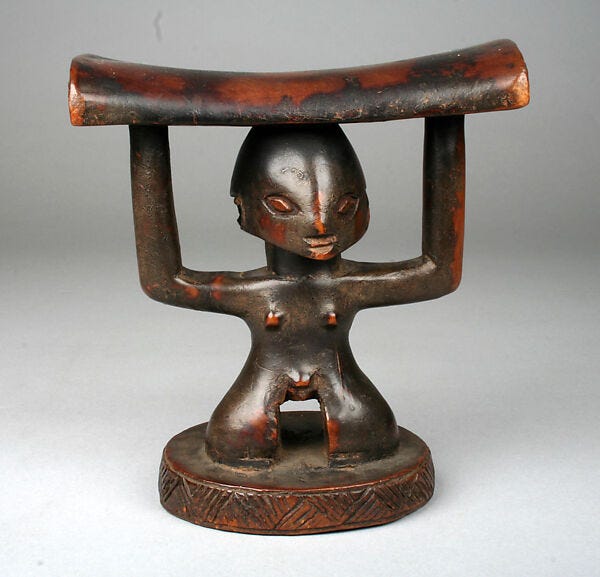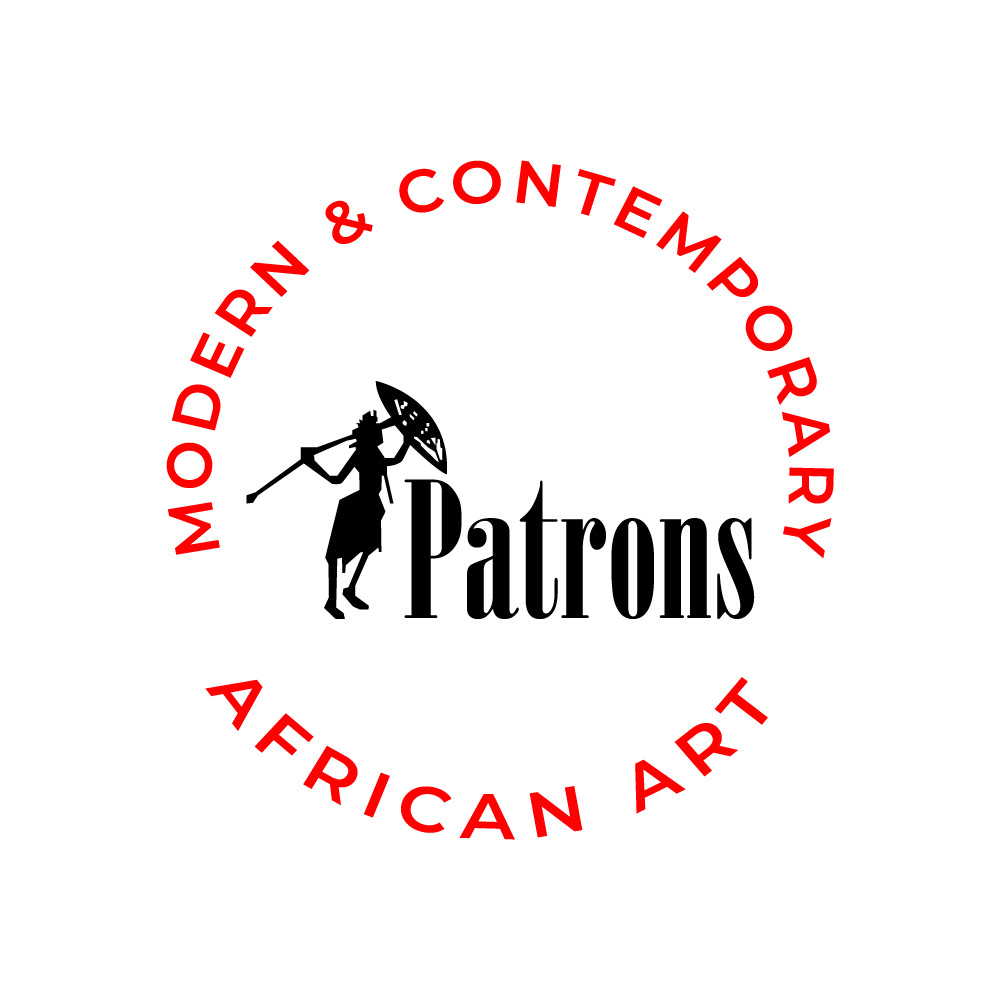
African masks are far more than artistic expressions—they are powerful symbols of the continent’s rich cultural, spiritual, and artistic heritage. Originating from various tribes, these captivating creations represent the intersection of art, culture, and spirituality in African life.
Rooted in millennia-old traditions, African masks have played a central role in rituals, ceremonies, and belief systems, serving as bridges between the physical and spiritual worlds. They connect wearers to ancestors, gods, and spirits, reflecting the deep cultural and religious significance embedded in each mask. The diverse designs—from the geometric patterns of West African Dan masks to the intricate feathered headdresses of Burkina Faso’s Bwa masks—each tell a unique story, shaped by the tribe’s artistic traditions.
This digest journeys the historical depth, symbolic meanings, and global influence of African masks, while also shedding light on the ongoing efforts to preserve these cultural treasures.
The Historical Context of African Masks
African masks boast a rich history dating back to the continent's earliest civilizations. Integral to African societies for generations, their exact origins remain elusive, though archaeological evidence suggests they have been used for thousands of years, evolving with tribal customs, beliefs, and artistic practices.
Over time, the materials and designs of masks have evolved to reflect changes in societal structures, religious rituals, and cultural exchanges. Initially crafted from natural materials like wood, leaves, fibres, and animal hides, the art of mask-making grew more complex with the introduction of new materials through trade, such as metals, beads, and shells.
The Cultural & Religious Significance of African Masks
In many African tribes, masks hold profound cultural and spiritual importance, serving as conduits between the living and the spiritual realm, linking communities to ancestors, gods, and spirits. They play a central role in initiation rites, marking life transitions such as coming of age or entry into secret societies. These ceremonies are rich with symbolism, featuring elaborate dances, music, and storytelling that reinforce social bonds and cultural identity.
Masks are also believed to summon spirits, provide guidance, and offer protection. During religious ceremonies and ancestral worship, selected individuals wear masks to embody deities or spirits, guiding the community through performances that impart spiritual wisdom.
Additionally, African masks are visual storytellers, representing myths, legends, and historical events. They often depict characters from folklore, embodying values like bravery, fertility, wisdom, and social status. Each mask’s colours, patterns, and facial features add layers of meaning, making them powerful symbols of cultural heritage.
The Diversity of African Mask Styles
Africa's vast cultural diversity is vividly reflected in the variety of mask styles found across the continent. Each region has its aesthetic traditions, leading to distinct forms, materials, and decorations.
For example, Dan masks from Liberia are known for their elongated faces and geometric patterns, while Baule masks from Ivory Coast feature more naturalistic and serene expressions.
On the other hand, Ivory Coast's Baule masks have a more realistic and naturalistic style, with refined details and tranquil attitudes.
Other examples include the intricate Kuba masks from Central Africa, often adorned with feathers, beads, and shells, and the symmetrical "White Masks" of the Punu people, which symbolise ancestral spirits.
The Maasai masks of East Africa are characterised by their elongated shapes and vibrant colours.
The Chokwe masks from Angola, known for their detailed hairstyles and scarification, further showcase the incredible diversity of African mask-making traditions.
The Sukuma people of Tanzania make masks with prominent and exaggerated facial characteristics that symbolise their agricultural traditions and spiritual beliefs.
Southern Africa also has a diverse collection of mask styles. The Bantu-speaking cultures are no exception. Spread across many distinct ethnic groups in Africa, the Bantu speakers are known for making everyday objects into pieces of art such as the “Luba headrest.”
Symbolism of African Masks
African masks are steeped in symbolism, often embodying elements of spirituality, nature, and cultural identity. Contrasting colours in their designs convey distinct meanings: white symbolises purity and the presence of ancestors; red signifies energy and sacrifice; blue represents peace and the spiritual realm; and black stands for protection and transformation.
Facial features, like intricate hairstyles or exaggerated expressions, reflect social status, tribal affiliation, or spiritual themes. Animal motifs are also common, each carrying its own significance—antelopes symbolise grace and abundance, while leopards represent power and leadership. Each mask is a visual language, rich with meaning and cultural depth.
African Masks Influence on Global Art
The impact of African masks extends far beyond the continent. In the early 20th century, Western artists such as Pablo Picasso, Henri Matisse, and Amedeo Modigliani drew inspiration from the bold forms and spiritual depth of African masks. These masks played a crucial role in the development of Cubism, influencing the fragmented and abstracted forms characteristic of the movement.
Similarly, the vibrant colours and expressive freedom of African masks inspired the Fauvist movement, while Expressionist artists were drawn to the masks' raw energy and emotional intensity, incorporating these elements into their works.
Preservation and Promotion of African Mask Traditions
Today, African mask traditions are under threat from globalisation, cultural displacement, and the illicit trade of artefacts. However, efforts to preserve this heritage are gaining momentum. Scholars, cultural organisations, and local communities are collaborating to document and safeguard the knowledge and techniques behind mask-making.
Educational initiatives, public campaigns, and exhibitions are raising awareness of the cultural value of African masks and the need for preservation. Responsible cultural tourism also supports local artisans, helping sustain these traditional practices.
By preserving and promoting African mask traditions, we ensure the survival of Africa’s cultural identity and artistic legacy for future generations. These masks are not just artistic works; they are living symbols of Africa's spiritual, historical, and social narratives.
As we celebrate and honour the rich heritage of African masks, it is crucial to preserve these ancient traditions, fostering cross-cultural dialogue and supporting local artisans to ensure that these timeless symbols of African identity continue to inspire and educate future generations.




